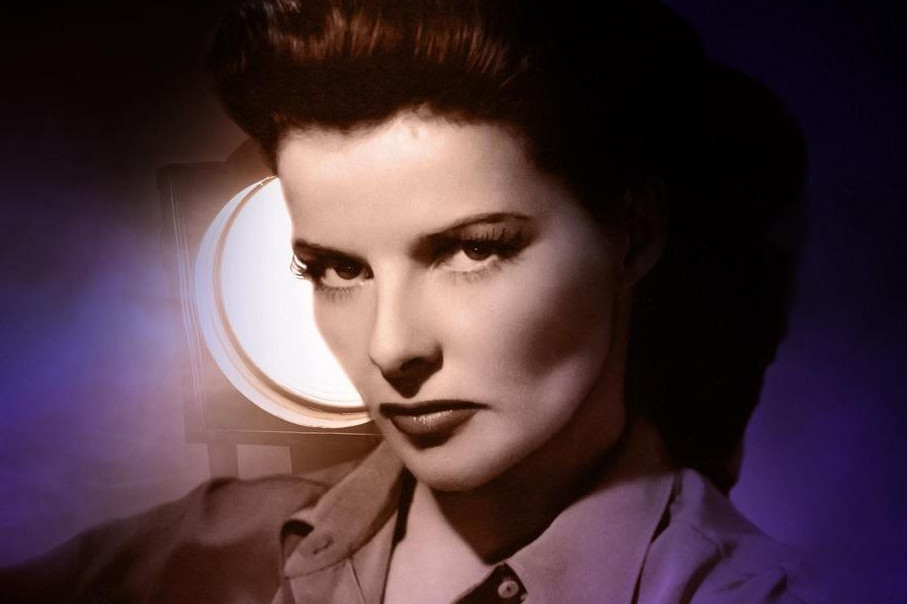
THE TIMES (4 STARS): KATHARINE HEPBURN: CALL ME KATE REVIEW — THE WOMAN BEHIND THE HOLLYWOOD HEROINE
1st Jun, 2023
THE TIMES (4 STARS): KATHARINE HEPBURN: CALL ME KATE REVIEW — THE WOMAN BEHIND THE HOLLYWOOD HEROINE
1st Jun, 2023
The Times by Ben Dowell
Katharine Hepburn lived her 96 years with such a thigh-slapping can-do relish she was probably as infuriating to live with as she was captivating to watch. You sometimes sensed in Lorna Tucker’s film Katharine Hepburn: Call Me Kate (Sky Arts/Now) that she was also quite pleased with herself. But wouldn’t you be if you were her?
Younger generations always like to feel like pioneers. Show them this extraordinary woman who survived 60-plus years in Hollywood and then ask who invented gender fluidity. Hepburn dressed in trousers and dungarees when it was unthinkable and, while questions on the subject bored her, spoke almost blithely of her sexual ambiguity.
At times this 90-minute film felt as exhausting as its subject, though the slightly reverential tone rarely felt undeserved. It was essentially a collage of archive interviews, private home-movie footage and sit-downs with critics, friends, relatives and colleagues (including, rather brilliantly, Toyah Willcox, who appeared alongside her in the 1979 film The Corn Is Green). Hepburn’s fresh and revealing conversations with the writer Glenn Plaskin were the highlight, a place where the subject’s personality and keen intelligence didn’t so much shine as burn through.
Tucker’s skilful marshalling of a huge array of material also allowed essential truths to slowly emerge like shards of glass producing a beautifully illuminated whole. Hepburn’s single-mindedness wasn’t egotism, you felt by the close. She was tough but also kindly, visited friends when they were down and, we were told, regarded the “self” as a “dead end”. She looked outward, relentlessly.
The film also deftly showed how doubly out of her time she was, torn, perhaps, between the wild contrasts of her parents: her singular, liberated, progressive mother who urged her daughter to do as she pleased, and her stern and remote father who thought being an actress was not much different from being a prostitute. He controlled young Katharine’s finances and was also clearly hard on Hepburn’s brother Tom, who hanged himself aged 15. Katharine discovered his body.
Tucker slightly glossed over other casualties in Hepburn’s story, including her husband, the devoted businessman Ludlow Ogden Smith, or “Luddy”, whom Hepburn effectively spurned when Hollywood called. There was more clear-eyed balance to the tale of her near 30-year relationship with Spencer Tracy, a troubled (married) boozer she loved at first sight but did not feel able to publicly mourn, even though she often wore his sweaters, keeping his smell close by, years after his death in 1967. When he died, Tracy’s wife told Hepburn she thought she was a “rumour”.
Another key insight chronicled Hepburn’s distrust of her audiences, feeling they were always waiting to trip her up. And they probably were. Cinemagoers, many struggling to feed themselves in the Depression-hit 1930s, were slightly allergic to her privileged “lah-di-dah” voice, we learnt, which partly made that opening scene in the 1940 classic The Philadelphia Story (when Cary Grant pushes her back through a door) such a smart and defining move for brand Katharine. The audience wanted to see her knocked down to size, but it also humanised her. And Kate being Kate she picked herself up and just got on with things. What a life. What a woman.
